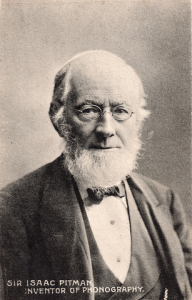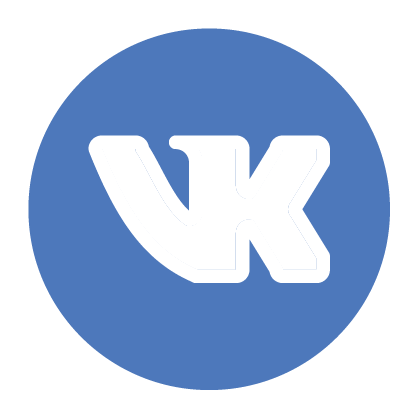Many people think that the opportunity to learn remotely came about only with the development of the latest information technologies. However, you might find it surprising to learn that this format already existed as early as two centuries ago! It was carried out by regular mail and was called «correspondence education»: students sent letters with their work and received them back with edits and comments from teachers.
The beginning of the development of distance learning dates to the foundation of the University of London in 1826. It was there that students from other cities were given the opportunity to take exams and receive higher education through distance learning. Educational materials were published in newspapers. Over time, this system has spread to many countries.

University College London. Drawing by Thomas Shepherd, 1827

British educator Isaac Pitman, inventor of the shorthand writing, 1813–1897. He is considered to be the first educator to apply the format of «correspondence education»
In Russia, distance learning began to develop a little later — in the 1920s. In the Soviet Union, an education system based on ‘consultations’ was developed. Consultations meant distance learning with the opportunity to communicate with a teacher and attend the final examinations where knowledge and qualifications were assessed. Universities also offered correspondence courses aimed at schoolchildren who wanted to prepare for university entrance examinations.
Since the 1960s, new ways of distance learning such as radio and television have been developed alongside mail.

Elementary school student is attending the lesson at «School of the Air» using a two-way radio, 1960s. Queensland (Australia)
Of course, a real breakthrough in this sphere happened with the emergence of the Internet, which, unlike radio and television, provided an opportunity for feedback, as well as much faster communication between students and teachers. Internet platforms for distance learning appeared with multifunctional massive open online courses (MOOC), which provided millions of people with access to online learning content. The popularity of this format keeps growing, technology is developing, and more and more universities provide distance learning opportunities, allowing people to learn regardless of their location.




